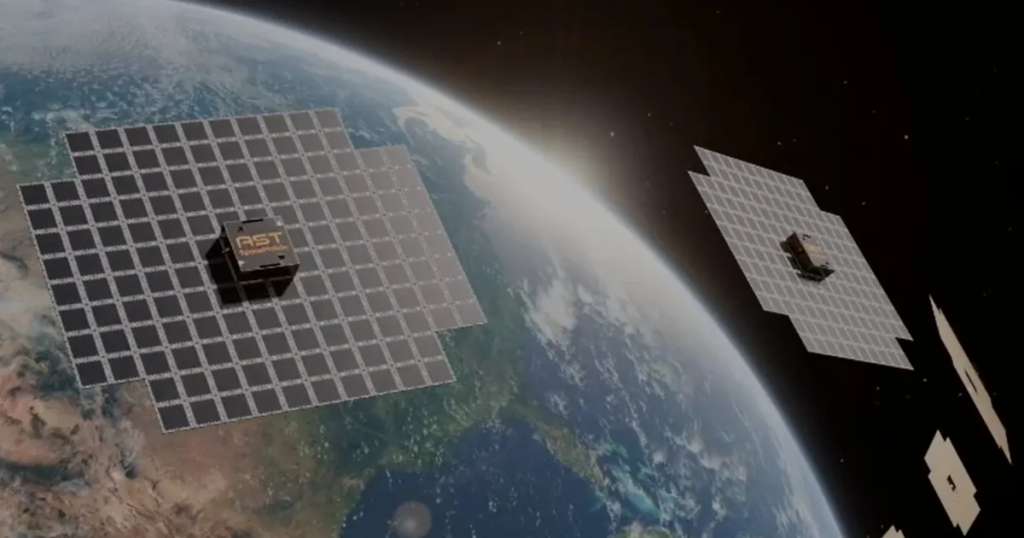The race to dominate satellite communications has intensified with SpaceX pushing forward on Starlink’s internet speeds and AST SpaceMobile tackling concerns over its massive satellite designs. As both companies expand their satellite operations, they navigate regulatory hurdles, competition, and potential impact on the night sky.
What’s Happening & Why This Matters
SpaceX recently gained a serious advantage when the FCC voted to review old satellite spectrum sharing rules. This decision could significantly increase Starlink’s internet speeds by lifting outdated power restrictions. These restrictions, which have been in place since the 1990s, limit how much energy a satellite can transmit, affecting signal quality and coverage. SpaceX has long argued that these rules prevent its Starlink service from reaching its full potential, especially in offering gigabit speeds. With FCC Chair Brendan Carr backing the review, there’s hope that Starlink could break free from these restrictions, allowing for more powerful and efficient satellite internet.

The decision to revisit the rules could have a profound impact on the satellite industry. The FCC reviews regulations governing the Ka- and Ku-bands, where Starlink and Amazon’s Project Kuiper operate. However, the review process could take over a year. It might provoke opposition from satellite companies like EchoStar and Viasat, which have previously opposed Starlink’s request to loosen the equivalent power flux density (EPFD) limits. The outcome of this review could potentially change the entire landscape of satellite internet in the U.S.
Meanwhile, AST SpaceMobile is addressing a different challenge — the impact of its BlueBird satellites on astronomy. AST SpaceMobile’s BlueBird satellites are massive, with the first-generation satellites boasting 693-square-foot communication arrays. These satellites are so large that they can be seen as bright stars in the night sky. To mitigate their impact on astronomy, AST has entered into a coordination agreement with the U.S. National Science Foundation (NSF). This agreement outlines steps to minimize the interference of the BlueBird satellites with ground-based optical, infrared, and radio astronomy observations.

Despite the NSF agreement, astronomers are concerned that the second-generation BlueBird satellites, which will be even larger (2,400 square feet), will be significantly brighter and may outshine most stars in the sky. While AST SpaceMobile has committed to adjusting its satellites to reduce their brightness, there is skepticism about whether these efforts will truly protect astronomical research. In particular, Anthony Mallama, a retired astronomer, has voiced concerns that these adjustments will not be enough to prevent the satellites from overwhelming telescopic observations.
Both SpaceX and AST SpaceMobile face ongoing scrutiny as they strive to expand their satellite networks. While SpaceX pushes for faster, more powerful satellite internet, AST SpaceMobile works to balance its satellite design with the needs of the astronomy community. The rivalry between these two companies underscores the broader race in the satellite industry to deliver next-generation connectivity while navigating regulatory, environmental, and technical challenges.
TF Summary: What’s Next
The future of satellite internet is at a crossroads. SpaceX’s push for faster speeds through regulatory changes could reshape the satellite internet landscape, while AST SpaceMobile strives to find a compromise between innovation and astronomy protection. As SpaceX continues to scale its Starlink network and AST SpaceMobile develops its next-generation satellites, the companies will likely encounter new hurdles in balancing their business goals with their impact on the environment and existing industries.
As both companies innovate, all eyes will be on the FCC’s regulatory decisions and AST SpaceMobile’s efforts to meet astronomers’ concerns. How they navigate these challenges determines their long-term success and place in the satellite comms race.
— Text-to-Speech (TTS) provided by gspeech

